Published - Mon, 16 Dec 2024
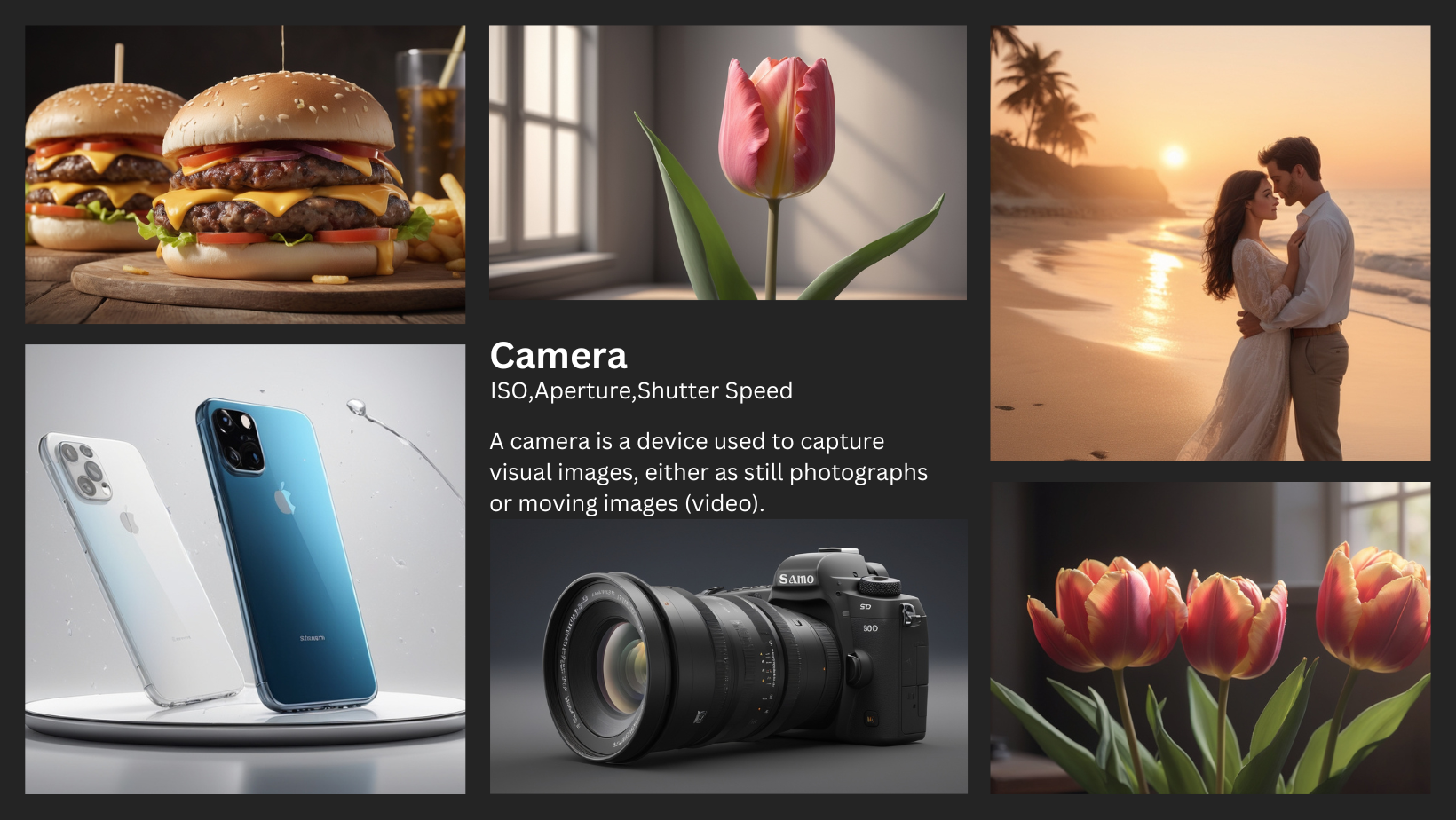
Camera, ISO, Aperture, Shutter Speed, White Balance, Focal Length, Depth of Field,
- ISO (International
Organization for Standardization):
- ISO refers to the
sensitivity of the camera's sensor to light.
- A higher ISO value (e.g.,
1600, 3200) makes the sensor more sensitive, allowing you to capture
images in low light conditions, but can also introduce more digital
noise (graininess).
- A lower ISO value (e.g., 100, 200) provides less sensitivity to light, which results in cleaner, sharper images but requires more light for proper exposure.

Scene: A single tulip or rose in a soft, dimly lit room, with a small window letting in ambient light.- ISO: 800-1600
- Reason: Since the lighting is low, you'll need a higher ISO to ensure the image is properly exposed. A setting of ISO 800-1600 will help gather enough light without introducing too much noise.
- Effect: This will help capture the soft, dreamy feel of the flower without underexposing. The higher ISO will make the image brighter without needing long exposures, which could introduce motion blur. The slight increase in noise can add a subtle "grainy" texture that can work well with the soft light.
- Additional Settings:
- Aperture: f/2.8 for a shallow depth of field, creating a soft background (bokeh) to emphasize the flower.
- Shutter Speed: 1/60s to 1/125s, depending on how steady you can hold the camera or if you're using a tripod.

- Aperture:
- The aperture is the opening
in the lens through which light passes to reach the camera's sensor or
film.
- The size of the aperture is
controlled by a mechanism of blades that form an
opening, often referred to as an f-stop. The f-stop is
written as a number (e.g., f/2.8, f/5.6, f/16).
- A lower f-number (e.g.,
f/1.8, f/2.8) indicates a wider aperture, letting in more
light, which is good for low-light conditions and creating a shallow
depth of field (blurred background).
- A higher f-number (e.g., f/16, f/22) indicates a smaller aperture, allowing less light in, and is typically used for situations where you want a deep depth of field, keeping both the foreground and background in focus.

Bright Midday Beach (Strong Sunlight)
Scene: A couple walking hand-in-hand on the beach during midday, when the sun is at its brightest.
Aperture: f/8 to f/11
- Reason: In bright sunlight, you'll need a smaller aperture (higher f-stop) to avoid overexposing the image. A smaller aperture also ensures more of the scene is in focus, which is ideal for capturing the couple and the surrounding beach environment (sand, waves, sky).
- Effect: The aperture range of f/8 to f/11 will give you a deep depth of field, keeping both the couple and the background (waves, distant horizon) sharp. The bright light from midday also helps with fast shutter speeds, so you can avoid any motion blur while maintaining sharp focus.
Scene: A couple walking hand-in-hand on the beach during midday, when the sun is at its brightest.
Aperture: f/8 to f/11
- Reason: In bright sunlight, you'll need a smaller aperture (higher f-stop) to avoid overexposing the image. A smaller aperture also ensures more of the scene is in focus, which is ideal for capturing the couple and the surrounding beach environment (sand, waves, sky).
- Effect: The aperture range of f/8 to f/11 will give you a deep depth of field, keeping both the couple and the background (waves, distant horizon) sharp. The bright light from midday also helps with fast shutter speeds, so you can avoid any motion blur while maintaining sharp focus.
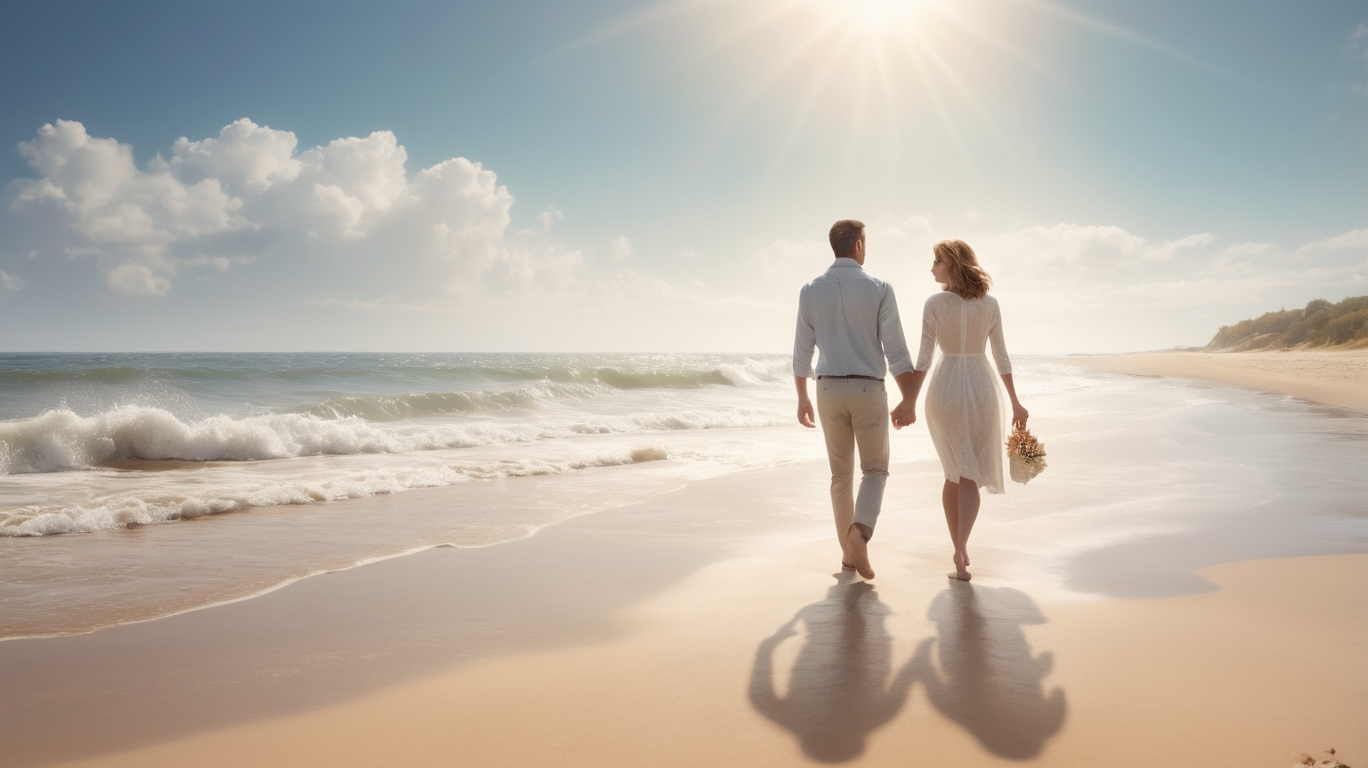
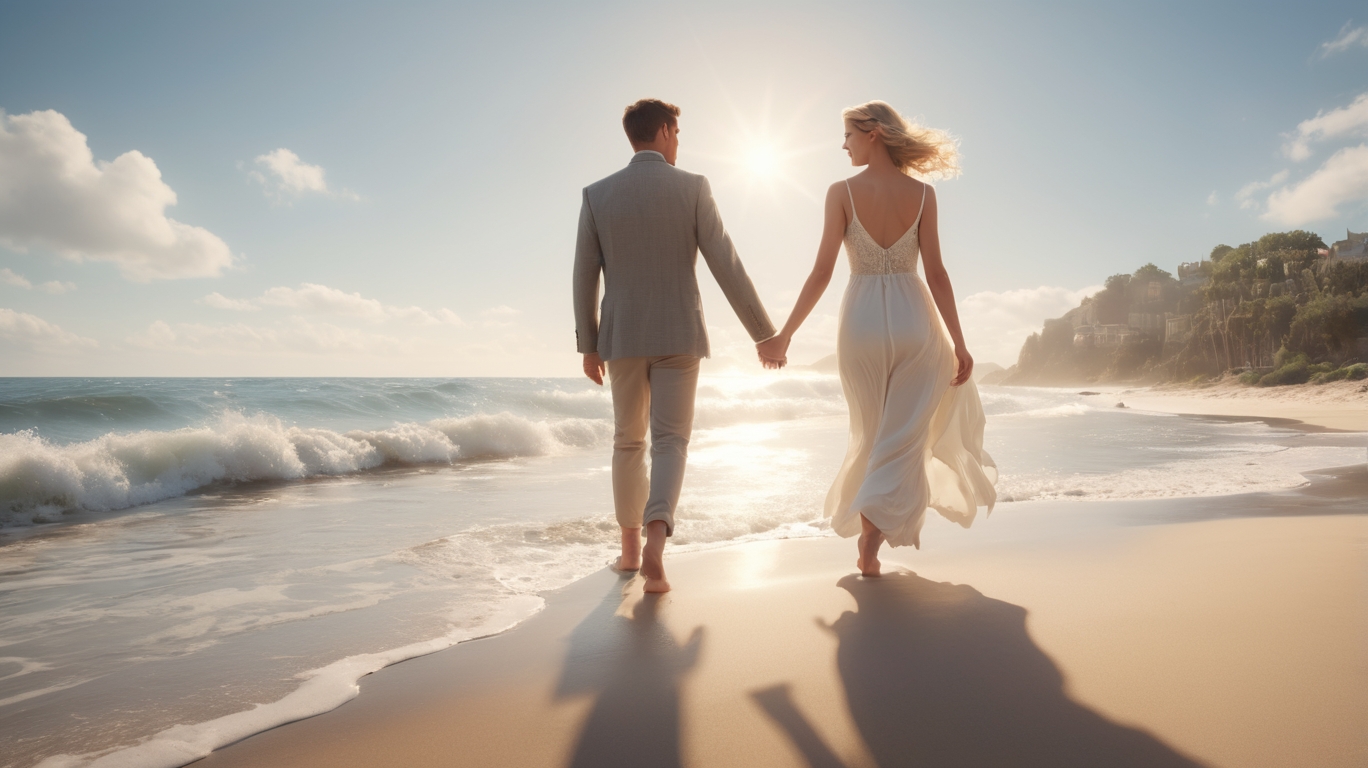

Sunset / Golden Hour (Soft, Warm Light)
Scene: The couple on the beach during sunset or the golden hour, with soft, warm light and a long, dramatic shadow.
Aperture: f/2.8 to f/4
Reason: During sunset or golden hour, there's softer, warmer light. A wider aperture (lower f-stop) like f/2.8 or f/4 will help you take advantage of this low-light situation while keeping the couple in focus. A wide aperture also creates beautiful background blur (bokeh), making the couple stand out against the soft, glowing background.
Effect: The shallow depth of field created by f/2.8 or f/4 will isolate the couple from the background, allowing the warm hues of the sunset to softly blur behind them. This creates a dreamy, romantic atmosphere, with a focus on the couple's connection.
Additional Settings:
ISO: 400 to 800 (to compensate for lower light levels without introducing too much noise).
Shutter Speed: 1/250s to 1/500s (since the light is softer but still strong enough to prevent too much motion blur).


|
|
Aperture Size |
Exposure |
Depth of Field |
|
f/1.4 |
Very large |
Lets in a lot of light |
Very thin |
|
f/2.0 |
Large |
Half as much light as f/1.4 |
Thin |
|
f/2.8 |
Large |
Half as much light as f/2 |
Thin |
|
f/4.0 |
Moderate |
Half as much light as f/2.8 |
Moderately thin |
|
f/5.6 |
Moderate |
Half as much light as f/4 |
Moderate |
|
f/8.0 |
Moderate |
Half as much light as f/5.6 |
Moderately large |
|
f/11.0 |
Small |
Half as much light as f/8 |
Large |
|
f/16.0 |
Small |
Half as much light as f/11 |
Large |
|
f/22.0 |
Very small |
Half as much light as f/16 |
Very large |


- White balance adjusts the
colors in your image to ensure that objects which appear white in person
are rendered white in the photo, correcting for different types of light
sources (e.g., daylight, tungsten, fluorescent).
- Different settings
(like Daylight, Cloudy, or Incandescent)
help you get accurate color representation based on the light conditions.
- This is the distance
between the camera's lens and the image sensor when the subject is in
focus, typically measured in millimeters (e.g., 35mm, 50mm, 200mm).
- A shorter focal
length (e.g., 18mm or 35mm) provides a wider field of
view (ideal for landscapes or group photos), while a longer
focal length (e.g., 85mm or 200mm) allows you to zoom in on
distant subjects and create a more narrow field of view (great
for portraits or wildlife).
- Depth of field refers to
how much of the image is in focus, from the foreground to the background.
- Shallow depth of field (created by a wide
aperture like f/1.8) results in a blurred background (bokeh
effect), often used in portraits.
- Deep depth of field (created by a small aperture like f/16) keeps the entire scene in focus, ideal for landscapes.

These properties work together in
a camera's exposure triangle—ISO, aperture, and shutter speed—to
determine the overall exposure and aesthetic of an image. By adjusting one or
more of these elements, you can control how the final image looks in terms of
brightness, sharpness, depth, and motion.
Aperture in Photography:
Aperture refers to the size
of the opening in the lens that allows light to pass through to the
camera's sensor or film. It plays a crucial role in both exposure (how
bright or dark an image appears) and depth of field (how much
of the scene is in focus).
Aperture is measured in f-stops (or
f-numbers), such as f/1.4, f/2.8, f/5.6, f/16, etc.. These numbers
describe how wide or narrow the aperture opening is.
Key Concepts of Aperture:
- F-stop (f-number):
- Smaller f-stop numbers (e.g., f/1.4, f/2.8)
correspond to wider apertures, which allow more light into
the camera.
- Larger f-stop numbers (e.g., f/8, f/16)
correspond to narrower apertures, which allow less
light into the camera.
- A change in the f-stop by
one full number (e.g., from f/2.8 to f/4) either halves or
doubles the amount of light entering the lens.
- Light and Exposure:
- Aperture has a direct
effect on the exposure of your image. A wider
aperture (lower f-stop) allows more light to
hit the sensor, which is beneficial in low-light conditions.
- A narrower aperture (higher
f-stop) reduces the amount of light and is often used in bright
conditions or to achieve specific creative effects.
- Depth of Field (DOF):
- Shallow depth of field means that only a
small portion of the image is in focus, with the background and
foreground blurred. This is typically achieved with wide
apertures (like f/1.4 or f/2.8). It's often used in portraits to
isolate the subject from the background.
- Deep depth of field means that much of
the scene (from foreground to background) is in focus. This is achieved
with small apertures (like f/8 or f/16). It's commonly
used in landscape photography to ensure that everything from the front of
the scene to the horizon is sharp.
What is Aperture?

How Aperture Affects Your Photos:
- Aperture and Exposure:
- Aperture affects the brightness of
your photo. In low-light situations, you may need to open the
aperture wide (use a lower f-stop like f/1.8) to let in more light.
- In bright
conditions, you may want to use a higher f-stop (like f/11 or f/16)
to avoid overexposure.
- Aperture and Depth of Field:
- Wide Apertures (e.g., f/1.4, f/2.8):
- Shallow depth of field.
- Blurry background (bokeh effect) that
isolates the subject.
- Great for portraits or macro shots.
- Narrow Apertures (e.g., f/8, f/16):
- Deeper depth of field.
- More of the scene in focus, from foreground to
background.
- Ideal for landscape photography where you want the entire scene sharp.

Visual Examples:
- Wide Aperture (f/1.8 or f/2.8):
- Shallow depth of field with a blurry
background.
- Ideal for portraits where
you want the subject to stand out.
Example: A portrait where the
person's face is sharp, but the background is soft and out of focus.
- Narrow Aperture (f/16 or f/22):
- Deep depth of field, with much more of the
scene in focus.
- Perfect for landscapes
where you want both the foreground and background in sharp focus.
Example: A landscape photo where
both the flowers in the foreground and the distant mountains are equally sharp.
How to Choose the Right Aperture:
- For Portraits: Use a wide
aperture (f/1.4 to f/2.8) to get a blurry background (bokeh) and
draw focus to the subject.
- For Landscapes: Use a narrow
aperture (f/8 to f/16) to keep most of the scene in focus, from
the foreground to the horizon.
- For Low-Light Conditions: Open the aperture wide
(e.g., f/2.8 or lower) to let in more light and avoid using a high ISO or
slow shutter speed.
Aperture in the Exposure Triangle:
Aperture is one of the three main
settings in the exposure triangle, along with shutter speed and ISO.
These three elements work together to determine the exposure of your photo:
- Shutter Speed controls how long the
sensor is exposed to light.
- ISO controls the sensor's
sensitivity to light.
- Aperture controls the amount of
light that enters the camera through the lens.
In practice, you'll adjust all
three depending on the lighting conditions and the effect you want to achieve
in your image.
In Summary:
- Aperture is the opening in
your lens that controls how much light enters the camera and influences
the depth of field.
- Wide apertures (lower f-stop values)
allow more light in and create a shallow depth of field.
- Narrow apertures (higher f-stop values)
let in less light and provide a greater depth of field.
By adjusting your aperture, you
can creatively control the exposure and depth of field in your photos!
Created by
Anil Chauhan
Welcome to my website! My name is Anil Chauhan, and I am a 3D modeling and animation expert with over 15 years of experience in the field. I have a passion for creating visually stunning 3D models, animations, and graphics, and I'm excited to share my expertise with you. Whether you're a beginner or an experienced artist, I can help you improve your skills in 3D modeling, texturing, lighting, animation, rigging, CG graphics, and VFX. Let's work together to bring your creative ideas to life!
Welcome to my website! My name is Anil Chauhan, and I am a 3D modeling and animation expert with over 15 years of experience in the field. I have always had a passion for creating visually stunning 3D models, animations, and graphics, and my work has been featured in a variety of industries including film, television, advertising, and video games.
Throughout my career, I have had the opportunity to work on a wide range of projects, from small independent films to large-scale productions. This has given me a diverse set of skills and a deep understanding of the 3D animation process from start to finish. I have expertise in complete 3D modeling, texturing, lighting, animation, rigging, CG graphics, and VFX, and I'm always eager to take on new and exciting challenges.
As a tutor, I am dedicated to sharing my knowledge and experience with aspiring artists and professionals alike. I believe that everyone has the potential to create amazing 3D models and animations, and I'm committed to helping my students achieve their goals. Whether you're a beginner looking to get started in the world of 3D animation, or an experienced artist looking to take your skills to the next level, I can provide personalized training and guidance to help you achieve your creative vision.
Comments (0)
Search
Popular categories
Adobe After Effects 2025
28Unreal Engine
14zbrush
10Maya Animation
8zbrush tutorial jewelry
7Maya 2025
5Latest blogs
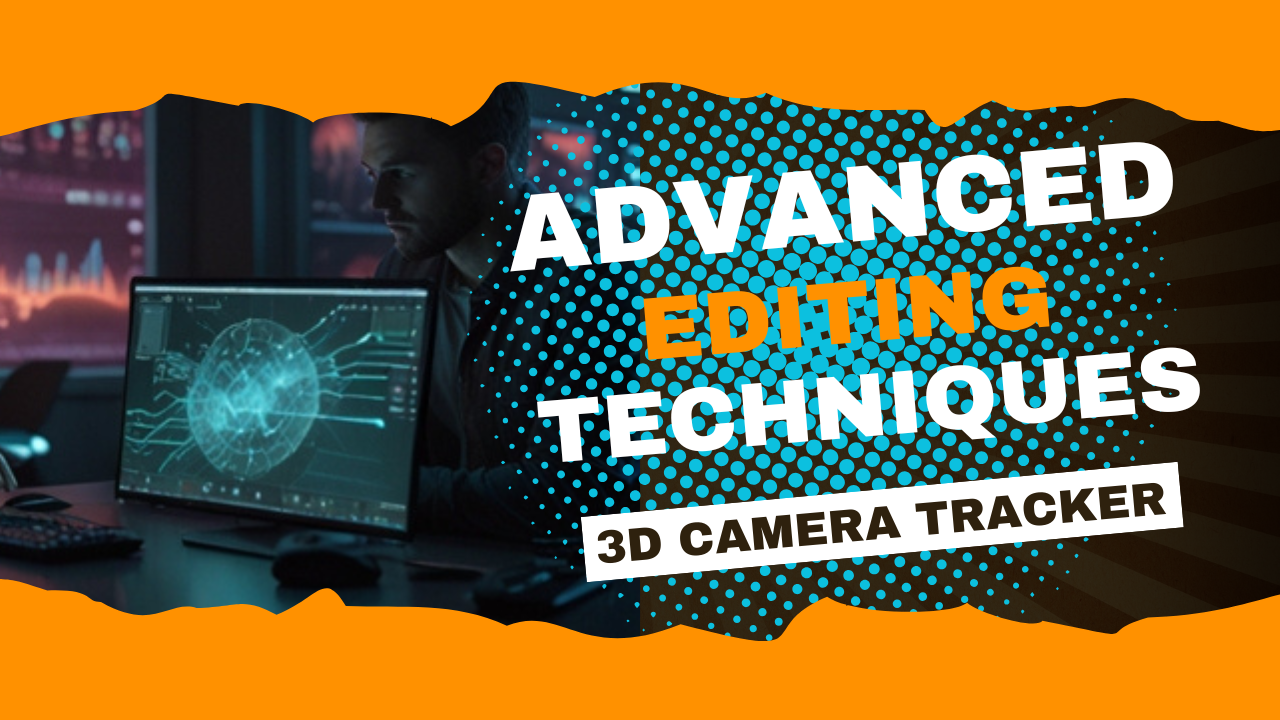
Advanced Editing Techniques
3 Hours Ago
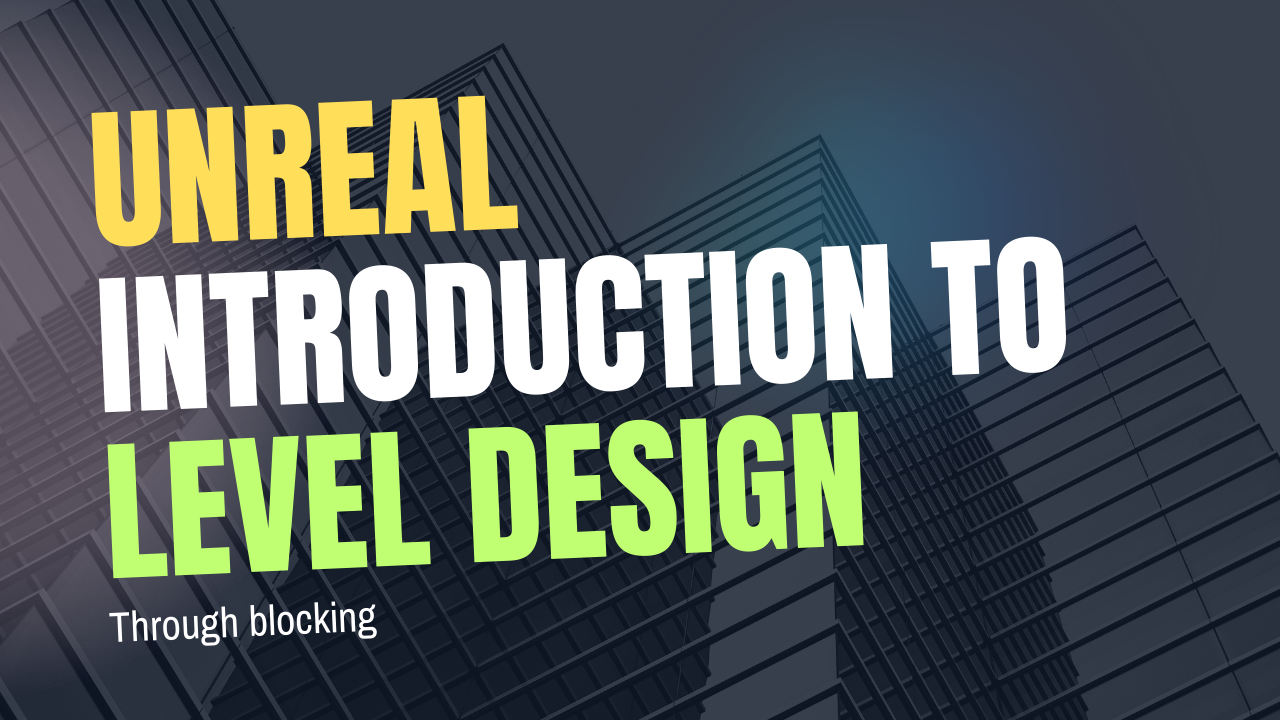
Introduction to Level Design Through Blocking in Unreal Engine
1 Day Ago
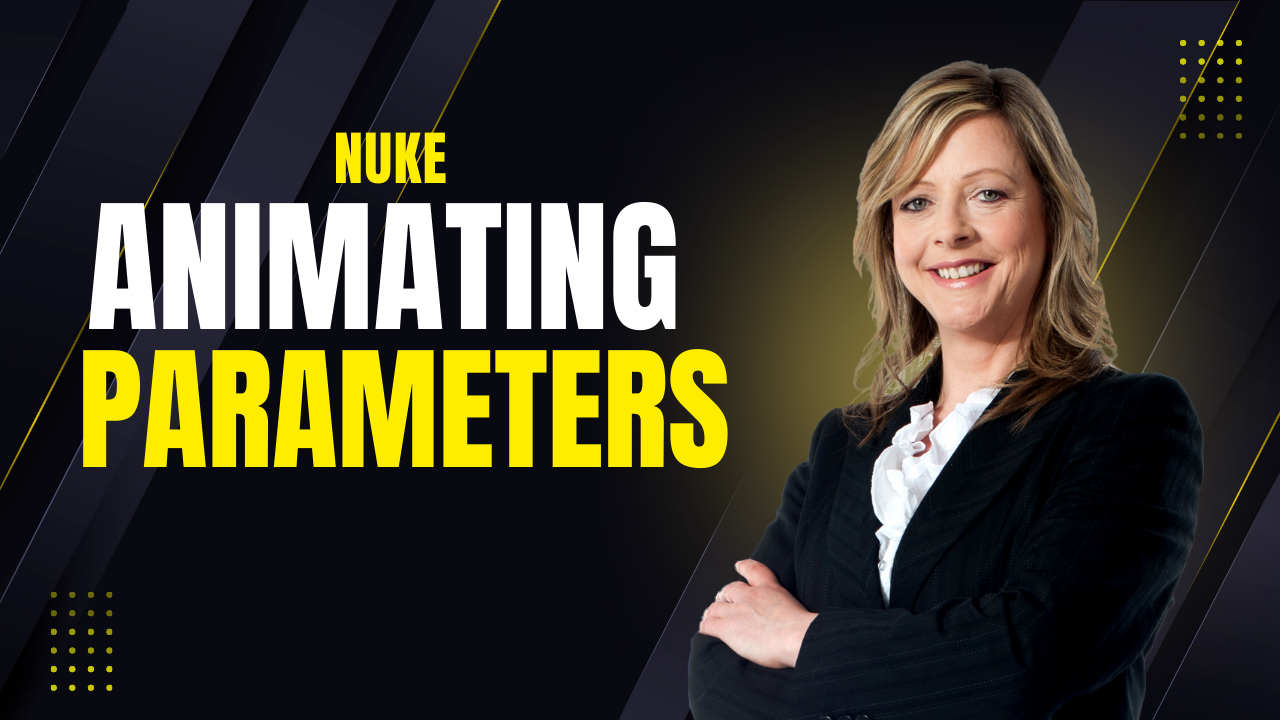
Nuke, animating parameters
1 Day Ago
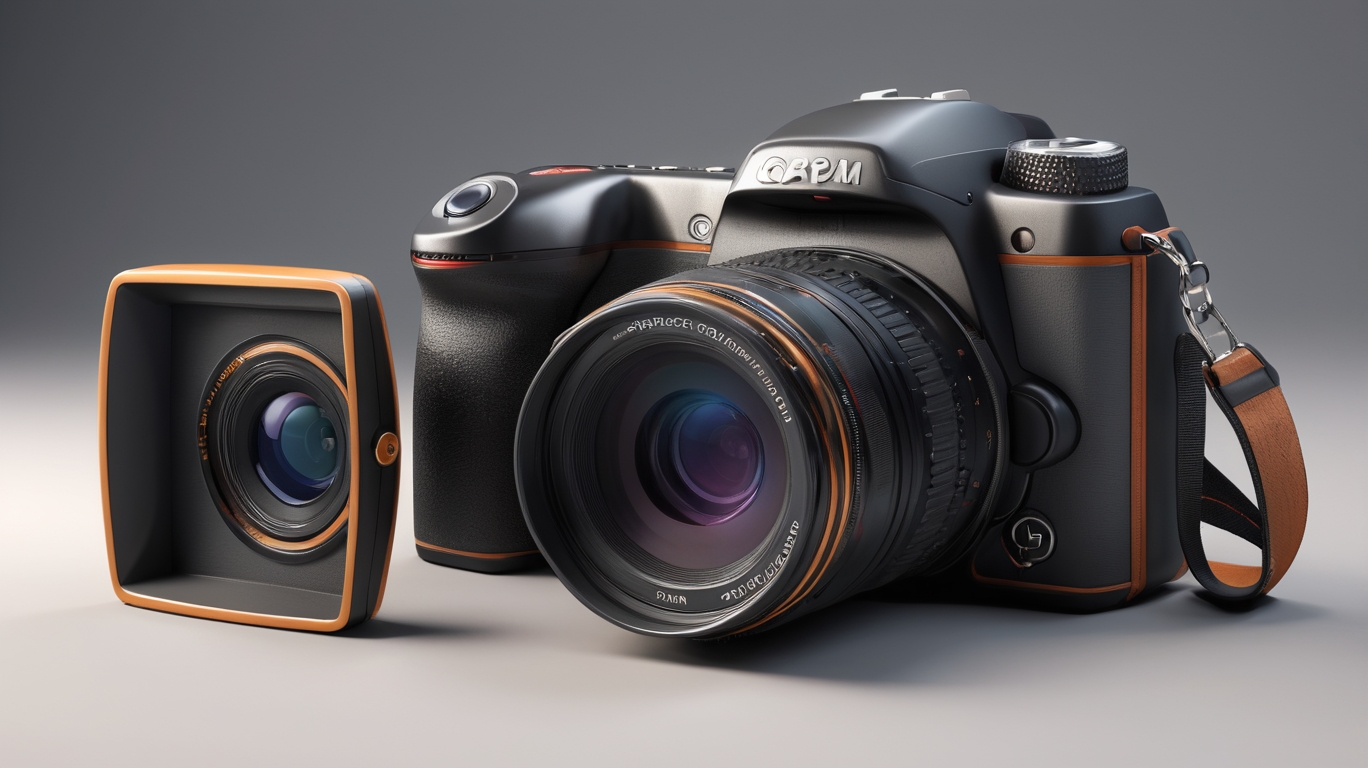

Write a public review